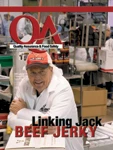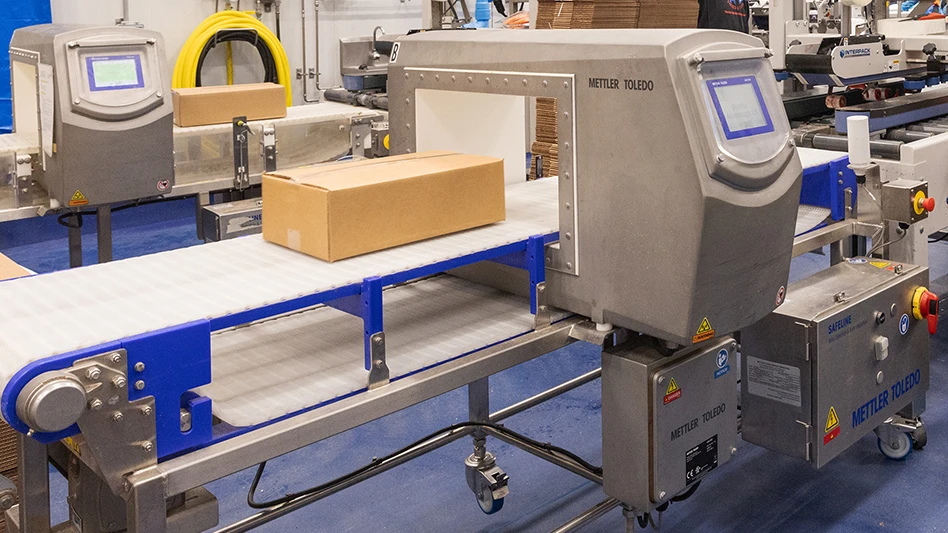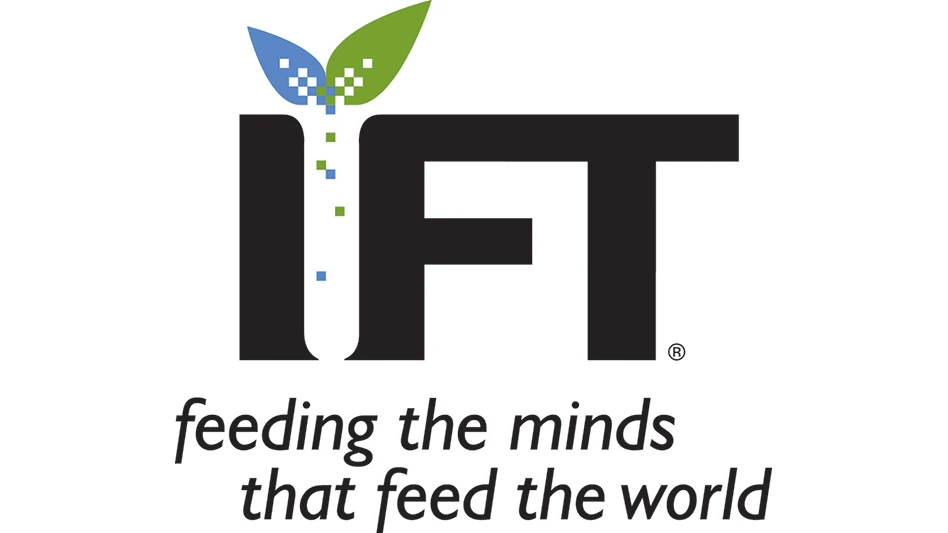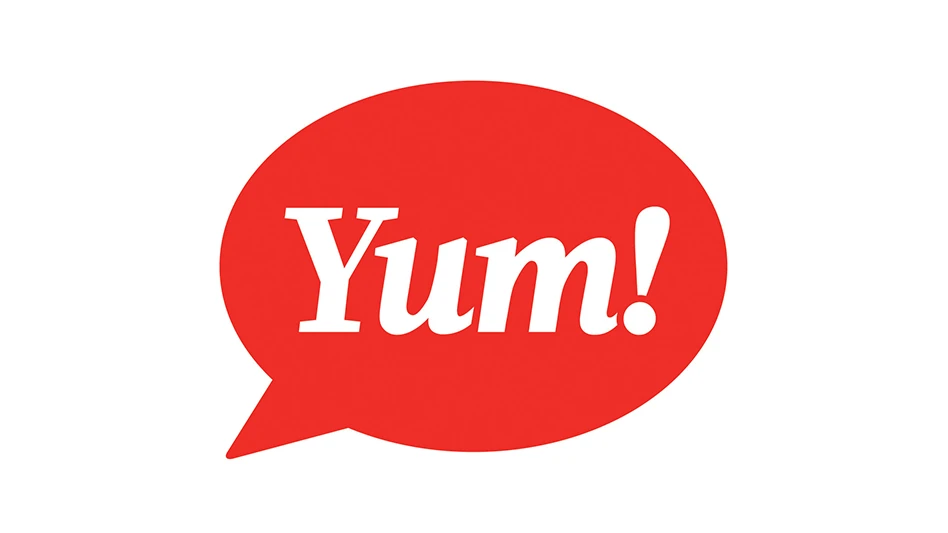If plant managers set low standards for sanitation, that is exactly what will result.
"What I see a lot of times is that some plants will accept a relatively low standard of cleaning," says Jim Whitehead, general manager of Superior Contract Cleaners, West Berlin, N.J. "You have to set a high standard in order to expect that from your team."
USDA’s Food Safety and Inspection Service (FSIS) Assistant Administrator for the Office of Field Operations Dr. Kenneth Petersen makes a similar statement in defining FSIS expectations for meat, poultry and egg product plants: "We expect them to have a well-thought-out food safety strategy." As a part of this food safety strategy, Petersen describes sanitation as a three-pronged approach which sets a foundation such as that of a house:
l Sanitation Performance Standards such as safety of the water supply and employee hygiene practices are the fundamental pieces which must be in place and well-designed to set the foundation of the house.
l Well-constructed and maintained sanitation codes and Sanitation Standard Operating Procedures (SSOP) conducted before, during and after production are the "walls" which build your sanitation program.
l A comprehensive Hazard Analysis and Critical Control Point (HACCP) program which addresses environmental hazards then forms the beams and girders to tie it all together. How do you prevent harborage of bacteria? Do you continually look for environmental pathogens? What do you do to mitigate the situation if and when it is found?
KEY SANITATION CONDITIONS.
One way to look at overall sanitation needs in a plant is to wrap a plant’s SSOPs around FDA’s sanitation control procedures in 21 CFR, Part 123.11. Although the section is focused toward fish and fishery products and plants need to ensure that all requirements of part 110 are met, the concise listing of the eight sanitation monitoring conditions and practices provides a practical reference for all food plants. A review of each follows:
1. Safety of water that contacts foods or food-contact surfaces or is used as ice. Even should a different cause be found, the suspicion of contaminated water having potentially caused the recent spinach-related E. coli outbreak reinforces the importance of use of a safe, sanitary water supply for all food- or hygiene-related uses in food-processing operations. In addition, 21 CFR, Part 110 notes the requirement for a clean water supply in food plants which is "sufficient for the operations intended and … derived from an adequate source," with further direction in various references that such water be "safe and of adequate sanitary quality" and the plant avoid any potential "back-flow from or cross-connection between, piping systems that discharge waste water or sewage and piping systems that carry water for food or food manufacturing."
2. Condition and cleanliness of all food-contact surfaces. Pre-operational cleaning and sanitizing is a key part of any sanitation program. Though such statements are not (or shouldn’t be) new thoughts in any plant, "what we see more than anything is they can have a reasonably well-designed program, then they just fail to do it." Petersen says. "Most of the meat and poultry plants have a good idea of what should be in an SSOP, then it’s a failure to implement, a failure to monitor on an ongoing basis."
This is sometimes because the plants lose focus on the balance that needs to be maintained between the food safety system and the demands of production, he says. "If the product begins trumping the importance of the food safety system, it falls out of balance." This can happen sporadically or it can become a way of life, he adds. For example, if new employees are not trained on the sanitation practices or employees are not embracing the significance of the program, then its importance will wane, and with that, its application. If a plant has the commitment of all employees, then that mindset will keep the plant in balance; "if you don’t mold that mindset, you will get off track."
It is because of this goal toward maintaining a balance while focusing on food production that some plants choose to contract out the sanitation services. "The way food plants make money is by producing food products and selling them – and that’s where their expertise lies," Whitehead says. So rather than putting company resources toward solving sanitation issues, the plant can outsource the service. "At the end of production, our team comes in and cleans from top to bottom in preparation for the start of a new production day," Whitehead says. "The plant can focus on what they do best."
3. Prevention of cross contamination. "Cross contamination is a definite factor, particularly during production," Whitehead says. But when analyzing your plant for contamination potential, he adds, "you have to look at the big picture." Most plants focus on the equipment and production areas, but a plant should really assess traffic patterns from the time people get out of their cars, come into the plant through any possible entry point, and access break rooms, restrooms and office areas. "You can have a plant that’s immaculate, but if the floor in the break room is filthy or doesn’t get much attention, you can have a problem." While most plants have some sort of food-production-area entry procedures such as footbaths and lab coats, many are even more particular, requiring a complete change of boots, outer garments or even earplugs, he says.
When working with product that has the potential for cross contamination, such as raw and cooked meats, meats and vegetables, etc., the measures need to extend to all facets of the plant and its employees. "At various stages of the process you have to have some separation of employees so their traffic patterns don’t cross," Whitehead added. While many plants have color-coded hard hats or badges to designate employee work areas, some go to the extent of having separate parking lots, entrances and break rooms for employees working in potentially cross-contaminate areas.
Raw material handling is one of the primary areas for avoidance of cross contamination, particularly when working with a variety of ingredients such as raw meat and vegetables, says Don Graham, president of Graham Sanitary Design Consulting, Ltd., in Jackson, Mich. "You have to have a degree of separation, a degree of closure." If you open a container and only use a portion of the contents, be sure to completely re-close the container to avoid contamination, he advises. Never expose raw vegetables and meats in the same cooler, he adds; don’t store raw meats above other ingredients; and don’t place drums of liquid above boxed dry goods. Though inadvertent, leakage or dripping of any of these could contaminate the items below.
Sanitary design of the plant and equipment is also an important part of preventing cross contamination, addressing both bacterial and allergenic issues.
4. Maintenance of hand washing/sanitizing and toilet facilities. According to CFR 110, every plant is to provide employees with adequate, readily accessible toilet facilities which are sanitary, well-lit and in good repair, and utilize self-closing doors that do not open into food areas. In addition, hand-washing/sanitizing facilities should be well-lit, convenient and have running water at a suitable temperature with effective drying equipment. Water control valves should protect against recontamination of hands, and readily understandable signs should be posted in applicable areas to relay good sanitation practices.
To decrease the potential of recontamination of washed/sanitized hands, Graham says, sinks should utilize non-hand-controlled mechanisms, such as knee or thigh controls or electronic sensors, and similar paper-towel dispensers. "Electronic sensing is now becoming very popular," he says, and though it can be expensive, the equipment is becoming more economical as it gets more use.
5. Protection of food, packaging and contact surfaces from adulteration. Defined as "microorganisms that normally spend a substantial part of their lifecycle outside human hosts, but when introduced to humans cause disease with measurable frequency" ["From Outside to Inside: Environmental Microorganisms as Human Pathogens"; American Academy of Microbiology], environmental pathogens are endemic to food plants. And it is the plants that don’t allow for this and actively look for pathogens, such as Listeria monocytogenes (LM), that are most likely to have problems, Petersen says. If a plant is looking for LM, "I think they will find it occasionally and then they can deal with it when they find it. It’s those who are not even looking for it that have the problems," he says, adding that those who never find LM are probably not doing a good enough job looking for it. Of all food safety strategies, he adds, the search and destruction of LM is one of the best.
Creating a master sanitation schedule is also critical to ensure that all areas of the plant are cleaned and/or sanitized on a regular basis. One area that Whitehead sees as easily overlooked is that of storage coolers which are constantly being turned over but are rarely emptied. Plants need to coordinate with the production manager and cleaning crew to ensure that time is set aside for these coolers to be emptied for cleaning. "If you don’t make it a point to schedule regular cleaning of coolers, it can slip through the cracks," he says. Some areas may need to be scheduled no more than monthly or quarterly while others require daily sanitation. But whatever schedule is set, "It’s a matter of tracking it, following up and making sure it’s done," he says. "It’s a collaborative effort between sanitation, production and quality control."
Sanitary design of equipment and the plant itself also provides protection against adulteration.
6. Proper labeling, storage and use of toxic compounds. Just as exposed meats and vegetables should not be stored together, so too, should chemicals be kept separate from food items, Graham says. Using common sense and thinking about potential risk will provide your best storage practices. All toxic chemicals should be kept in properly labeled containers and used only according to label directions. Keeping cleaning and sanitizing chemicals separated from food products and in controlled-access areas not only provides for food safety but also food defense.
Plants also need to realize that cleaning itself can be a potential contaminant, ensuring that all cleaning and sanitizing agents are completely removed, according to label directions.
7. Control of employee health and hygiene. In as much as water quality has been a focal point of federal inspections in the E. coli outbreak, so too has the worker – in particular the contamination potential of poor worker hygiene – been brought to the public eye. According to CFR 110, "Food handlers and supervisors should receive appropriate training in proper food handling techniques and food-protection principles, and should be informed of the danger of poor personal hygiene and insanitary practices."
"We [USDA] expect that they at least have communication and oversight of employees in personal health and hygiene," Petersen says. Companies should have a health maintenance strategy, but even more fundamentally, supervisors should ensure that "when employees show up for work; gown up and glove up for work, they are sanitary and their general hygiene is sanitary," he says. Then, throughout the day, if they become unsanitary – as they often will in a plant – they must understand and take the steps needed to maintain themselves in a sanitary way.
"It’s a training issue and an education issue," Whitehead says, and because of the high turnover rate of the industry, the education must be ongoing and "caught from the start." Such education should go beyond the basics and become second nature for all employees. For example, if an employee sneezes, he should automatically realize that he must rewash his hands or sanitize or change his gloves.
Petersen advises that plants ensure that their training is done in a manner that can be understood and received by all employees. For example, if you have employees who cannot read or write, use visual postings, video, etc.
"Take the initiative to make corrections rather than waiting for FSIS," Petersen adds. Train employees well and provide ongoing training and education to "correct human nature as it comes around."
8. Exclusion of pests. Part 110.359(c) of FDA GMPs states, "No pest shall be allowed in any area of a food plant." Employing a licensed pest management technician is essential to any food plant, but there are also steps that can be taken to pest-proof your plant to limit exterior food and harborage and aid exclusion efforts.
In addition to the eight conditions and practices to be monitored at plants, the sanitation control procedures note the requirements of section 123.9 for maintenance of sanitation control records. The records are, at a minimum, to document the monitoring and corrections of the eight controls. "Sometimes folks quibble about the records we expect them to keep," Petersen says. "But records tell us that you’re doing what you say you’re doing."
"The biggest key to any successful sanitation program is the management’s support of that program," Whitehead adds. Solid training, monitoring for consistency and documentation of all – "a good solid core management is the key to making that happen."
Although there are fundamental strategies to setting and maintaining sanitation in the plant, no plant should simply set strategies then follow them by rote year after year. "We live in a very complex world and it’s getting more complex; so that tells plants they need to think in new ways and seek out new information, not rely on the way they’ve done things for the past 50 years," Petersen advises. "Rethink your food safety system in today’s complex world – in terms of both food safety and food defense." QA
The author is a contributing editor to QA magazine.

Explore the December 2006 Issue
Check out more from this issue and find your next story to read.
Latest from Quality Assurance & Food Safety
- CSQ Invites Public Comments on Improved Cannabis Safety, Quality Standards
- Registration Open for IAFNS’ Fifth Annual Summer Science Symposium
- Leaked White House Budget Draft Proposes Shifting Inspection Responsibilities from FDA to States
- Chlorine Dioxide: Reset the Pathogenic Environment
- Ferrero Group Invests $445 Million in Ontario Production Facility
- Nelson-Jameson Announces Grand Opening for Pennsylvania Distribution Center
- Taylor Farms Linked to Romaine E. coli Outbreak as Marler Clark Files Multiple Lawsuits Against Supplier
- IAFNS Announces Winners of Emerging Leader Awards for Food Safety, Nutrition





